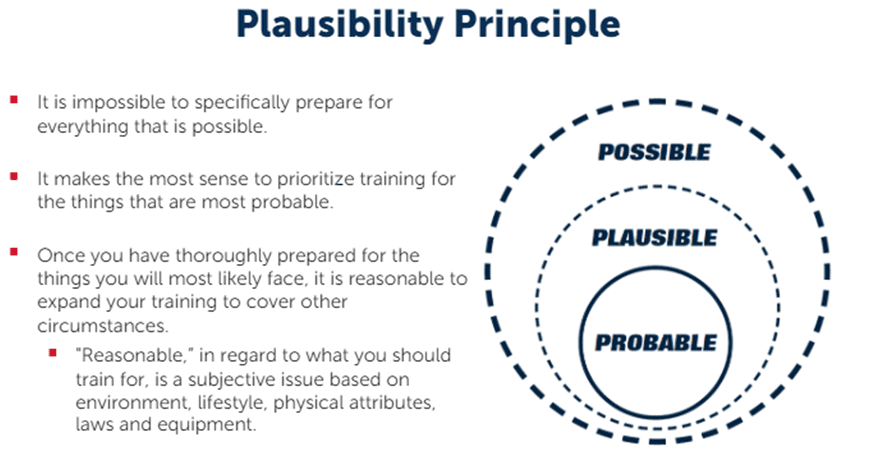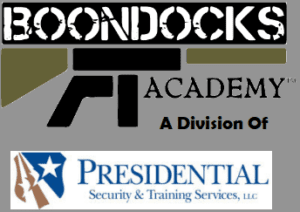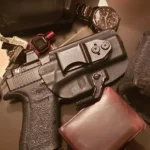How Much EDC is Enough?
If you live the armed lifestyle then you are probably accustomed to seeing pocket dump pics of other people’s Every Day Carry (EDC). If you are just now starting your concealed carry journey and have seen some of these pocket dump pics, you may be shocked at how much “stuff” some people actually carry. You may also be confused on how much you need to carry and what the experts in the training world consider to be essential EDC.
The Most Probable Self-defense Scenario
The best data set on what is the “most probable” scenario for civilian permit holders comes from Tom Givens of Rangemaster fame. As of May 2019, Tom’s database includes 67 former students who have been involved in gunfights. In his book “Concealed Carry Class: The ABCs of Self-Defense Tools and Tactics” Tom states that roughly 90% of his students’ incidents occurred at a distance of 3-7 yards and typically involved 3-4 shots to stop the threat. In the classes that I have taken with Tom, he also indicates the majority of the incidents are over in 3-5 seconds. Therefore, the bare minimum EDC gear required would be something that allows you to quickly draw and fire 5 shots, from concealment, and hit center mass on a man-sized target out to 7 yards in under 5 seconds.
Your Plausible Scenarios Should Drive Your EDC
When trying to decide on your personal EDC, it is wise to consider not only what is probable, but what is also plausible for your particular everyday situations. The plausibility principle described in USCCA’s Defensive Shooting Fundamentals curriculum is a good place to start. The principal states it is impossible for us to train for ALL possible events, but we should at least be prepared to deal with the probable, and what is plausible for our daily routine. Tom’s data gives us the “most probable” scenario, but your daily routine could increase your required EDC gear. For example, my daily routine includes dropping my son off at school in the car rider line. So, it is plausible that I could be in the car rider line when the Active Shooter Event starts. A very similar incident happened at Saugus High School in Santa Clarita, California in November of 2019. Because in an incident like this, I could be facing an individual with a rifle at a considerable distance, the bare minimum I would want on my person to engage an active shooter in this environment would be a full-sized handgun equipped with a red dot sighting system.

Other EDC Considerations
Not every situation requires a gun, and having other EDC options to prevent or deter an attack are, in my opinion, very important. A low light encounter with an overly pushy panhandler could be easily resolved with a bright light. A more aggressive unarmed individual could be persuaded to stop with pepper spray or mace. If you get caught up in a deadly force incident, and can’t get to your gun, then a support side fixed blade knife might be required to get a determined attacker off you so you can get to your gun. Another important life saving device would include an Individual First Aid Kit (IFAK) which would include a tourniquet and Israeli bandage.
Set Minimum & Maximum EDC Options
On any given day, I could be dropping my son off at school and then working behind the counter at a gun shop. My daily activities could also be limited to working from home with the possibility of a quick trip to a local neighborhood store. So, my maxed-out EDC includes a full-sized Glock Model 45 equipped with a Red Dot Optic, a spare magazine, two knives (a flipper for opening boxes and a fixed bladed for opening people), two flashlights, pepper spray, and ankle Individual First Aid Kit (IFAK). For home defense and quick trips around town, my minimum is a Glock 43x with 10+1 capacity, a flipper pocket knife, a tactical flashlight, a pocket SWAT-T tourniquet, and pepper spray.
The bottom line is your lifestyle will dictate your EDC, and having ANY GUN is better than NO GUN. But if you’re currently more than 2 seconds away from your firearm, and your current level of skill does not allow you to put 3-5 shots on target in 1-2 seconds, then you may need to reconsider your carry options your level of skill, or BOTH. You may think the odds of needing a gun to defend yourself are very low, but it is not the chances of needing a gun that you should worry about, it is what is at stake if you need a gun and don’t have one! Consistent carry, education, training and practice are important to being able to protect yourself and your family when lives are on the line.

